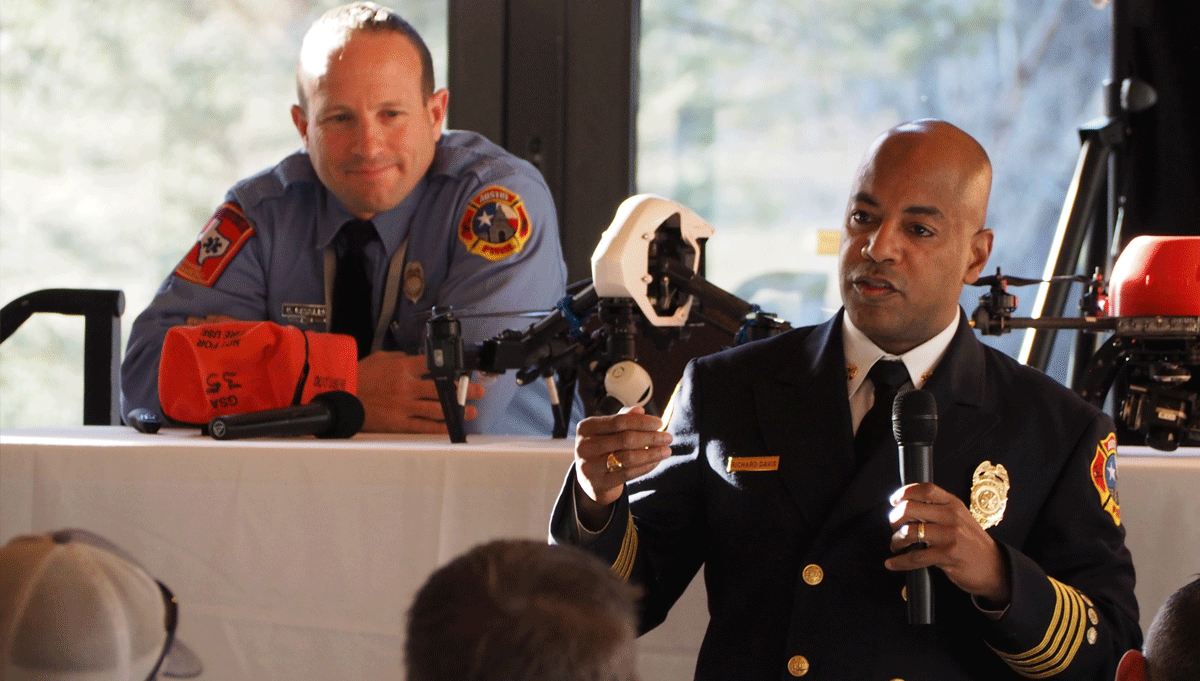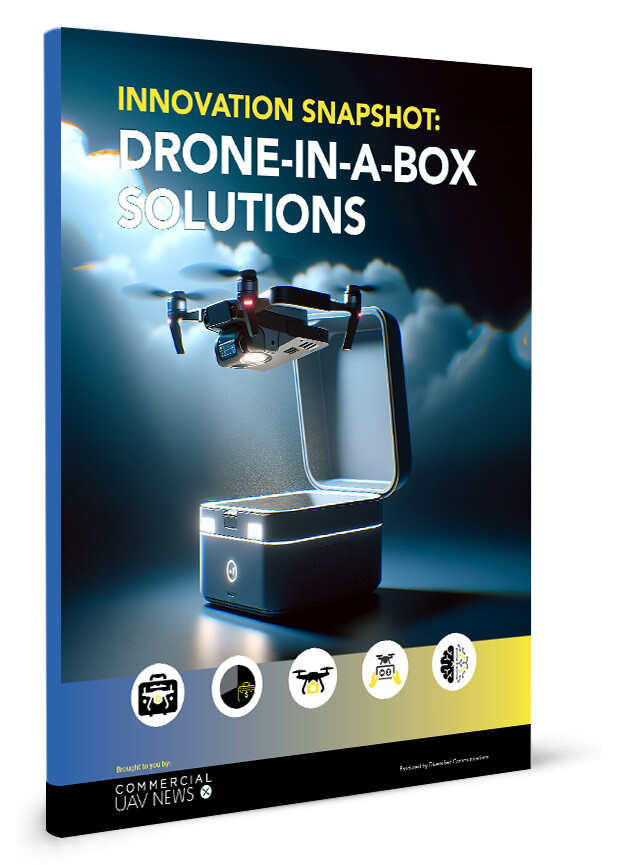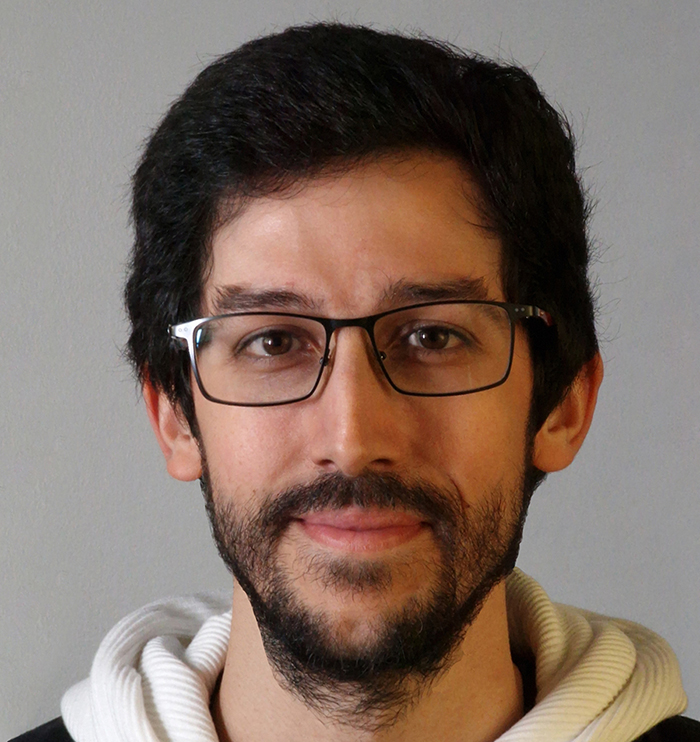The ways in which drone technology might be able to transform various industries have been detailed and discussed in many different contexts, but the sticking point in most of these conversations revolves around what it means to effectively leverage these tools. The connection between the technology and what professionals can and should be doing with UAVs is an issue that many struggle to sort out, but emergency response officials are often especially challenged in this regard. That’s why the work being done at the Center of Excellence (CoE) for Advanced Technology Aerial Firefighting (CoE) is so critical.
The CoE, the very first public organization of this type, was created in Senate Bill 14-164. As part of Colorado’s Department of Public Safety, the CoE is designed to research, test, and evaluate technology that supports effective and efficient aerial firefighting techniques, but their efforts have branched into new areas. House Bill 17-1070 concerns the study of unmanned aerial systems for public safety applications, and it requires the CoE to conduct a study regarding integration of UAS into government public safety operations. Bridging the GapIt’s easy enough to talk about helping emergency response professionals figure out what drones can do for them, but how is the approach taken at the CoE different from other agencies and departments? Why are their efforts significant?“When it comes down to it, the CoE is charged with researching aerial technology for wild land firefighting,” said Garrett Seddon, Military and UAS Integration Specialist at the CoE. “I’ve been able to help broaden that scope though, as we're now focused on figuring out how we can get this technology into the hands of each agency and show them the feasibility of the technology. It’s a very real need, because many of these agencies don’t have funding for one of the more expensive platforms, and that might not be what they need anyway. We're really trying to define and look at the technology and how we can get it out there for the use of public safety practitioners.”Ultimately, the CoE is tasked with bridging the gap for the smaller departments that don't have the manpower, time or money to allocate the resources to research this technology and actually implement it. Various agencies have either tried to set up their own drone program or purchased a UAV without knowing what they wanted to use it for, and this can create more problems than it solves. In those situations, what often happens is that the people involved didn't have enough guidance around how to set a program up within the organization.The CoE specifically speaks to professionals in these agencies to help determine what that drone program should look like. They are planning to help stakeholders identify what platforms and payloads will be most appropriate for their missions, but they aren’t there to tell those contacts what to do. Sometimes an off-the-shelf unit is all that’s needed, and sometimes a department has the will and resources to be a bit more ambitious. Professionals of all types and sizes are excited about technology, but many don't have a vision quite yet. The CoE is dedicated to helping these departments create that vision.
Images from the sUAS in Public Safety Summit
 A Model State The CoE is truly a unique program that has and will create opportunities on every side of drone technology. While the agency is primarily focused on helping agencies in Colorado, how they can help officials in other states create a model which could be emulated elsewhere is something that’s already on their mind.“We’re focused on reducing the risk, cost and effort of developing a meaningful UAS capability for public safety agencies in Colorado,” Seddon said. “That will show others states how this can work. We want to be that model state. We want people to call us because we produce a quality product that others want to emulate.The excitement around what UAV technology can and will mean for emergency response professionals is very real, but Seddon mentioned that in addition to adoption logistics, having the right steps in place to ensure there aren’t any missteps is important. Officials in these departments don't want to be in the news for anything negligent, so they're very cautious with this emerging technology. They’ve seen the difference it represents though, and that alone is indicative of the tremendous progress that the technology has made in the hearts and minds of these officials.Change is difficult to implement in just about any ecosystem, but it can be even more difficult when resources and public scrutiny can be active reasons to not pursue any sort of change. As UAV technology emerges, it's great to see that public agencies want to use this technology to make their lives easier and help protect citizens, and it makes the work the CoE is doing to define what that process looks like absolutely critical.
A Model State The CoE is truly a unique program that has and will create opportunities on every side of drone technology. While the agency is primarily focused on helping agencies in Colorado, how they can help officials in other states create a model which could be emulated elsewhere is something that’s already on their mind.“We’re focused on reducing the risk, cost and effort of developing a meaningful UAS capability for public safety agencies in Colorado,” Seddon said. “That will show others states how this can work. We want to be that model state. We want people to call us because we produce a quality product that others want to emulate.The excitement around what UAV technology can and will mean for emergency response professionals is very real, but Seddon mentioned that in addition to adoption logistics, having the right steps in place to ensure there aren’t any missteps is important. Officials in these departments don't want to be in the news for anything negligent, so they're very cautious with this emerging technology. They’ve seen the difference it represents though, and that alone is indicative of the tremendous progress that the technology has made in the hearts and minds of these officials.Change is difficult to implement in just about any ecosystem, but it can be even more difficult when resources and public scrutiny can be active reasons to not pursue any sort of change. As UAV technology emerges, it's great to see that public agencies want to use this technology to make their lives easier and help protect citizens, and it makes the work the CoE is doing to define what that process looks like absolutely critical. 














Comments